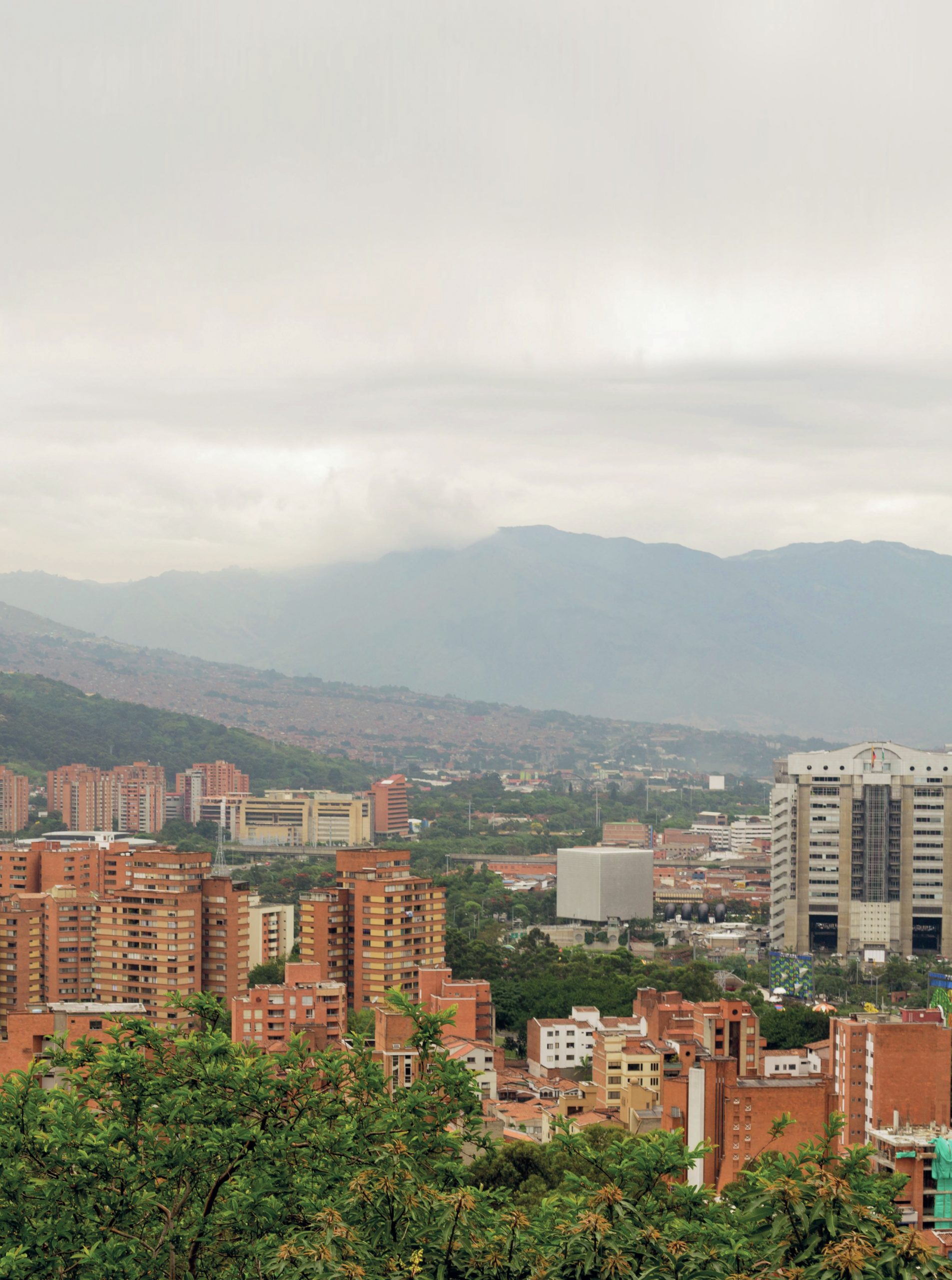
Colombia, one of the largest countries in South America, once had an unenviable reputation for drug smuggling and kidnapping. Today, however, Colombia is changing, especially following the recent (2016) peace agreement between the armed guerrilla group known as FARC (Revolutionary Armed Forces of Colombia) and the government. Now that Colombia is safer, its economy is beginning to grow, and it is attracting visitors, especially to the beautiful city of Cartagena on the Caribbean coast, a UNESCO World Heritage site.
Medellin is the second largest city in Colombia. It is located in the Andes mountains (see Figure 1) and has a population of about 2.5 million. At one time, it was the most dangerous city on Earth, and during the early 1990s over 6,000 people were murdered there each year. A centre for drug traffickers, it was plagued by violence and ruled by drug lords including the infamous Pablo Escobar, a powerful drug baron who controlled the supply of cocaine to the USA and made a fortune for himself. He was eventually captured and jailed, and was killed in 1993, as he tried to escape.
Your organisation does not have access to this article.
Sign up today to give your students the edge they need to achieve their best grades with subject expertise
Subscribe




